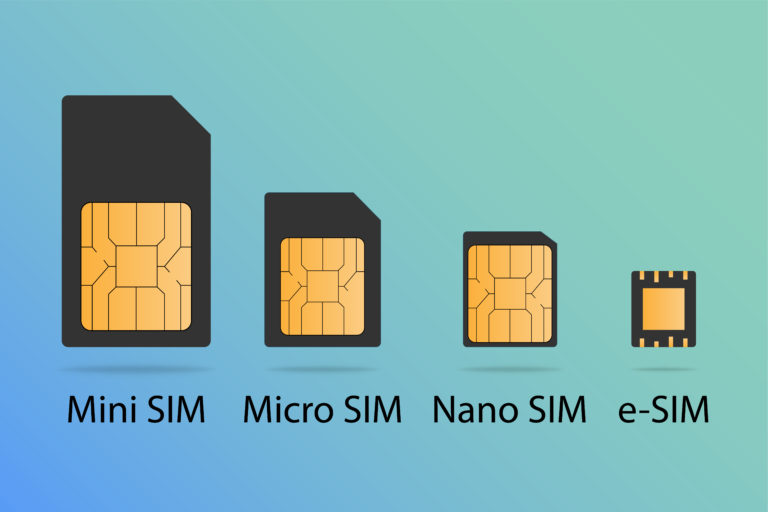Do You Have to Deactivate Your Primary SIM While Using an eSIM Internationally?

Welcome to the World of eSIMs
In today’s fast-paced world, staying connected is more important than ever. With the rise of digital nomads and international travel, the need for seamless, global connectivity has skyrocketed. This is where the concept of eSIMs comes into play, revolutionizing the way we stay connected. But a common question that arises is: Do you need to deactivate your primary SIM while using an eSIM internationally? Let’s dive into this topic and clear up any confusion.
Understanding SIM and eSIM
Before we tackle the main issue, let’s first understand what a SIM and an eSIM are. A SIM, or Subscriber Identity Module, is a tiny card that you insert into your phone. It contains information that identifies your mobile account to your service provider, allowing your phone to connect to a network.
On the other hand, an eSIM, or embedded SIM, is a newer technology. It’s a small chip built directly into your phone, eliminating the need for a physical SIM card. It performs the same function as a SIM but can be programmed to switch between different network providers without needing to swap out physical cards.

The Issue at Hand
Now, onto the main question: Do you need to deactivate your primary SIM while using an eSIM abroad? This question arises from the concern that having two active SIMs might cause confusion or conflict within the phone’s network settings. Or perhaps there’s a worry about incurring extra charges on the primary SIM while using the eSIM. So, what’s the real deal?
The Solution
The simple answer is no, you don’t need to turn off your primary SIM while using an eSIM abroad. However, there are a few settings you need to adjust to ensure you can use your eSIM without any hitches and still stay connected through your primary SIM.
Here’s what you need to do: Keep your primary SIM turned on, but make sure that Data Roaming and Low Data Mode for your primary SIM number are OFF. This prevents your phone from using your primary SIM’s data while you’re abroad, which could lead to hefty roaming charges.
Next, ensure that cellular data is only on for your eSIM. This means that your phone will use the eSIM for all data services, such as browsing the internet or using apps that require data.
Lastly, make sure that cellular data switching is turned off. This prevents your phone from automatically switching between your primary SIM and eSIM for data services, which could disrupt your connection or lead to unexpected charges.
By adjusting these settings, you can use your eSIM for data services while still receiving calls and messages on your primary SIM. This way, you can stay connected on your regular number, even while you’re using your eSIM abroad.
Conclusion
In conclusion, the advent of eSIM technology has made international connectivity much simpler and more efficient. You don’t need to deactivate your primary SIM while using an eSIM internationally. Just a few tweaks in your phone settings can ensure a seamless and cost-effective connectivity experience. So, the next time you’re planning to travel abroad, don’t worry about juggling between SIM cards. Embrace the convenience of eSIMs and stay connected, wherever you are in the world.
(Depending on your device and country, some devices may still be locked and require network unlocking. You would have to contact the original carriers or a 3rd party company to unlock it before you can use eSim from other carriers.)



